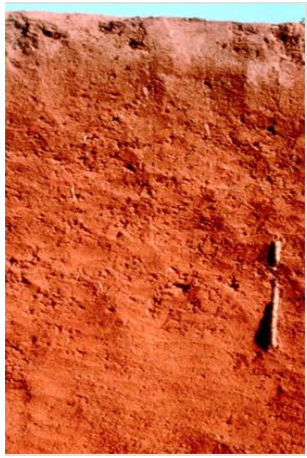A species of bird had an original range covering the entire eastern half of the United States from New England down to Florida, west to the Rocky Mountains. During a period of glaciation, the eastern part of the range was cut off from the western part
for 2000 years. Then the glaciers melted and the birds' original range was reestablished. During the separation, the western birds evolved a slightly different song and a darker wing color. Ornithologists are now studying this species to determine whether speciation has taken place. What evidence should they look for in their study?
What will be an ideal response?
Among many observations that can be made, the researchers will have to look at the ability of eastern and western birds to recognize one another, court, and mate. If mating does occur, they will have to observe whether or not any eggs are laid in the nest and whether any offspring hatch. They will have to determine whether the east-west matings produce more, the same number, or fewer offspring than east-east and west-west matings. Finally, if offspring are produced and can in turn produce a second generation of hybrids, the researchers may conclude that these birds still function as a single species. If there are no viable hybrids or if the matings are blocked at an earlier stage, they may conclude that speciation has indeed taken place.
You might also like to view...
The soil shown in the photograph below has a reddish tint, which may mean that

A) it has abundant aluminum and/or iron oxides.
B) it contains abundant organic matter.
C) it has been waterlogged at some point.
D) there are salts or other minerals that have been deposited by the evaporation of water.
One end of a long uniform log is raised to shoulder level. An identical log is raised at its center to the same level. Raising the second log requires about
A) the same amount of work. B) twice as much work. C) more than twice as much work.
Limestone deposits are most likely to form in these environments:a
alluvial fans d. carbonate reefs b. playa lakes e. lagoons c. fluvial environments
Hydrolysis of feldspar into clay depletes the soil of nutrients. Indicate whether the statement is true or false